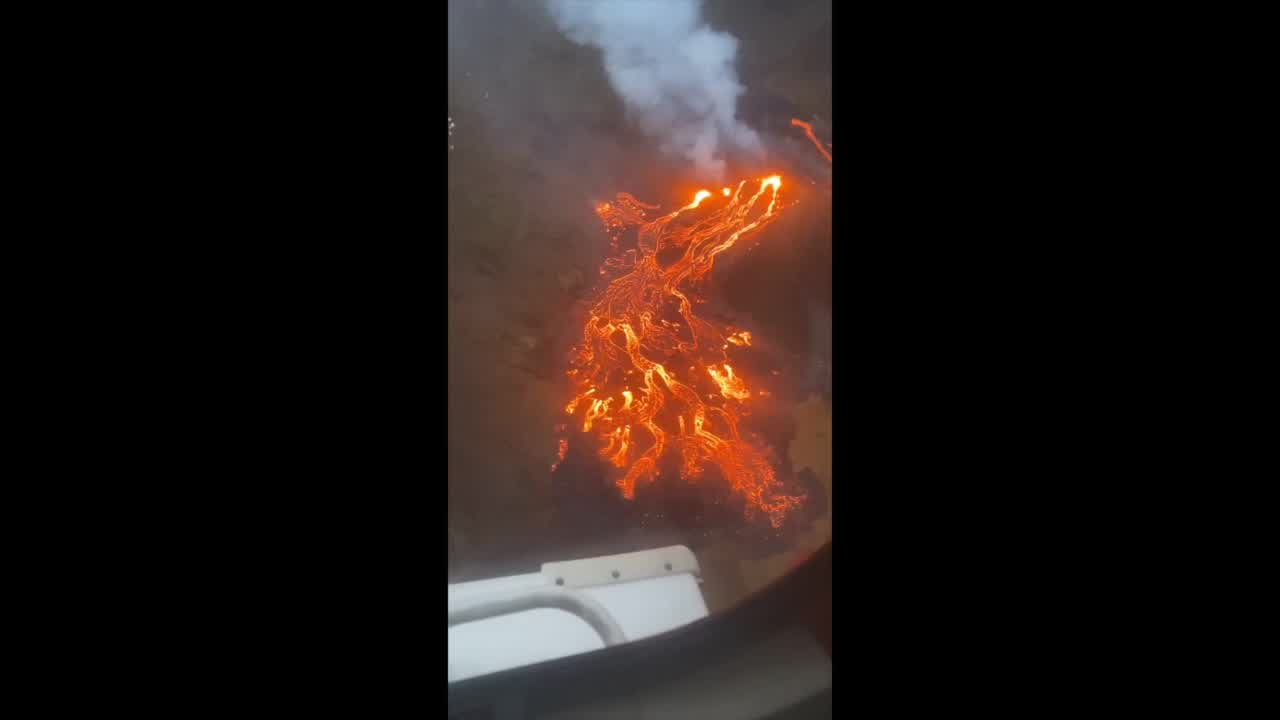Lava spews as Iceland volcano comes to life for first time in 6,000 years
A long-dormant volcano on the Reykjanes Peninsula in southwestern Iceland flared to life Friday night, spilling lava down two sides in that area's first volcanic eruption in nearly 800 years.
The glow from the lava could be seen from the outskirts of Iceland’s capital, Reykjavík, which is about 20 miles away.
Iceland's prime minister tweeted officials are monitoring the situation and asked people to stay away from the immediate area.
The Department of Emergency Management said it was not anticipating evacuations because the volcano is in a remote valley, about 1.5 miles from the nearest road. Officials didn’t see any signs of ash or dust that could disrupt aviation either.
In 2010, an eruption of a different volcano, the Eyjafjallajokull volcano, in Iceland sent clouds of ash and dust into the atmosphere, interrupting air travel between Europe and North America because of concerns the material could damage jet engines. More than 100,000 flights were grounded, stranding millions of passengers.
The Fagradals Mountain volcano had been dormant for 6,000 years, and the Reykjanes Peninsula hadn't seen an eruption of any volcano in 781 years.
Signs of a possible eruption had been recorded recently, with earthquakes occurring daily for the past three weeks. But volcanologists were still taken by surprise because the seismic activity had calmed down before the eruption.
Iceland, located above a volcanic hotspot in the North Atlantic, averages one eruption every four to five years. The last one was at Holuhraun in 2014, when a fissure eruption spread lava the size of Manhattan over the interior highland region.
The Associated Press contributed to this report


